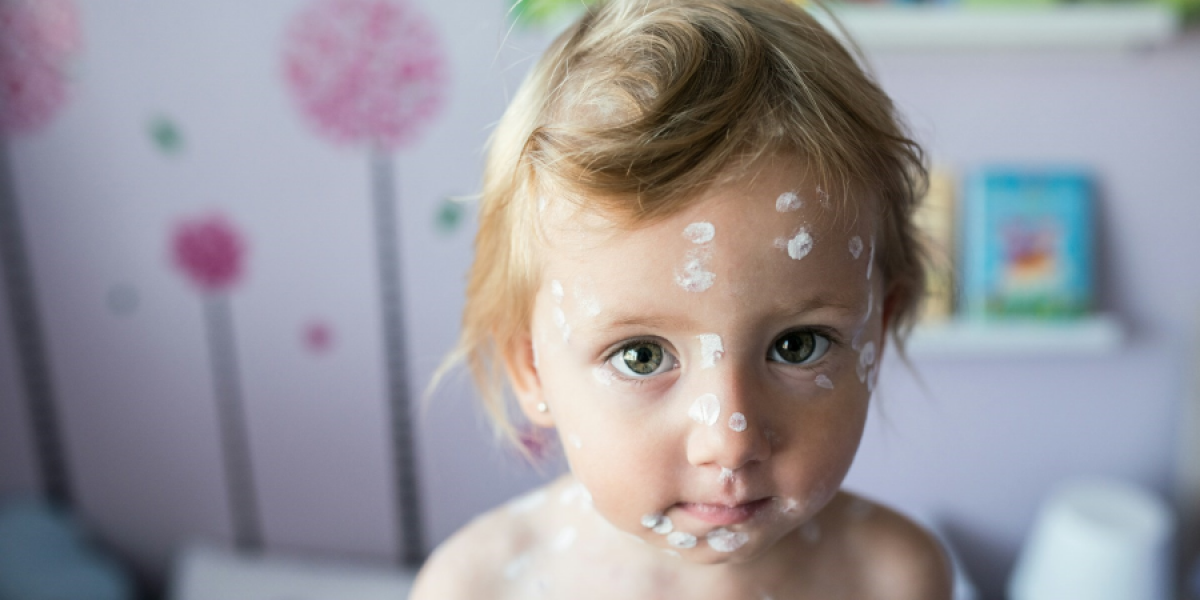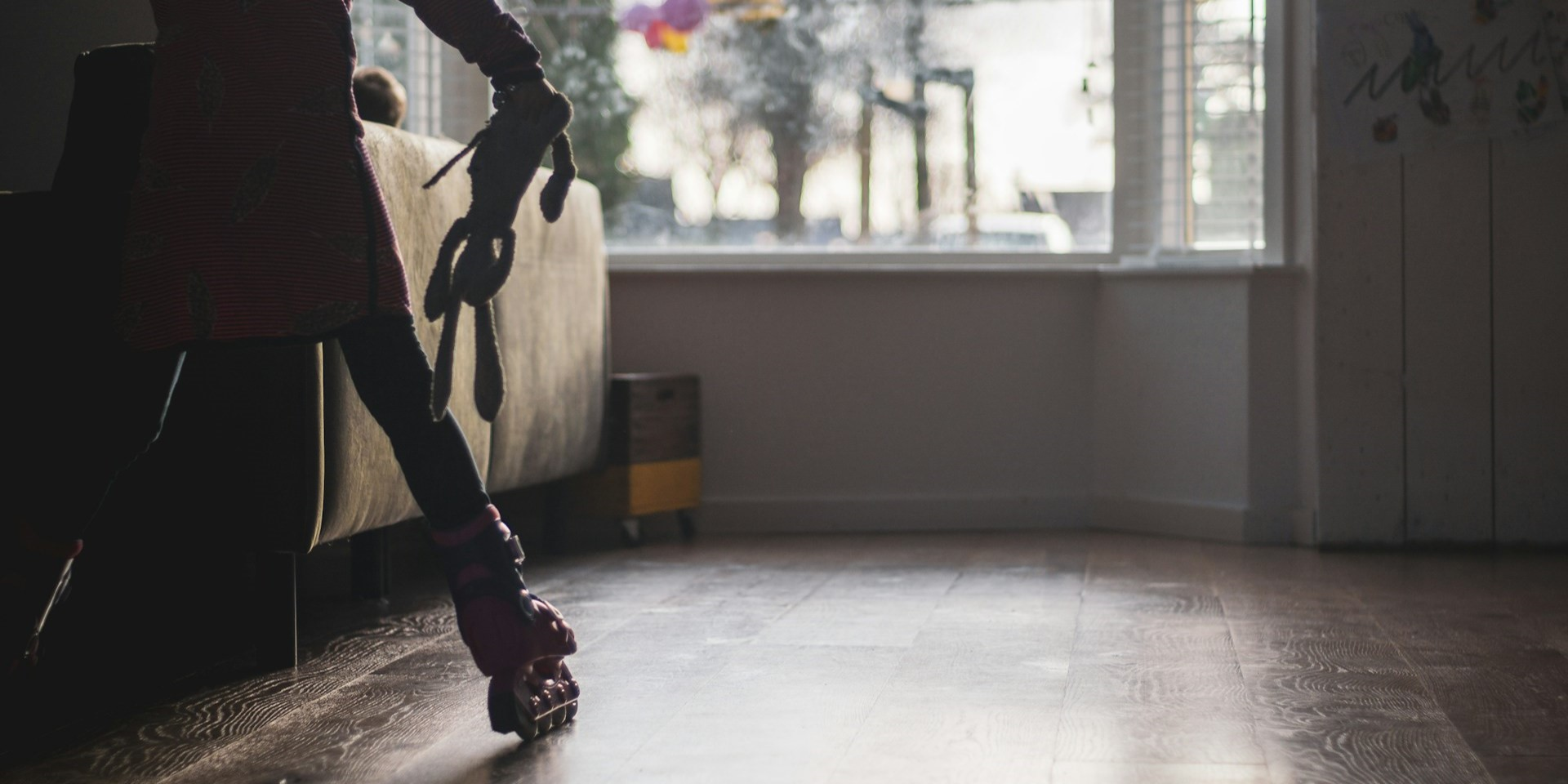Chickenpox, also known as varicella, is a highly contagious viral infection that primarily affects children. While the disease is usually mild and self-limiting, it can cause discomfort and itching, making it essential for parents to know how to manage their child’s symptoms effectively. In this article, we’ll provide a comprehensive guide on what to do when your children have chickenpox, from recognizing the symptoms to relieving the itch and preventing complications.
Recognizing the Symptoms of Chickenpox
The first step in managing chickenpox in children is recognizing the symptoms early on. The hallmark sign of chickenpox is a red, itchy rash that typically begins on the face, chest, and back before spreading to other parts of the body. The rash starts as small red bumps that quickly progress into fluid-filled blisters before crusting over and eventually scabbing off. Other common symptoms of chickenpox include fever, headache, fatigue, and loss of appetite. If you suspect that your child has chickenpox, consult with a healthcare provider for a proper diagnosis and treatment plan.
Providing Comfort and Relief
Chickenpox can be uncomfortable and itchy for children, so it’s essential to provide comfort and relief from their symptoms. Encourage your child to rest and drink plenty of fluids to stay hydrated and support their immune system. Keep their fingernails short to prevent scratching and minimize the risk of infection. Dress them in loose, breathable clothing to help keep them cool and comfortable. You can also apply calamine lotion or over-the-counter antihistamine creams to the affected areas to soothe the itch and reduce inflammation.
Managing Fever and Pain
If your child has a fever or experiences pain or discomfort from chickenpox, you can administer over-the-counter fever reducers and pain relievers such as acetaminophen or ibuprofen. Be sure to follow the recommended dosage instructions based on your child’s age and weight and consult with a healthcare provider if you have any concerns or questions about medication safety. It’s essential to monitor your child’s fever and symptoms closely and seek medical attention if their condition worsens or if they develop complications such as difficulty breathing or dehydration.
Preventing the Spread of Infection
Chickenpox is highly contagious, so it’s crucial to take steps to prevent the spread of infection to others, especially vulnerable individuals such as newborns, pregnant women, and people with weakened immune systems. Keep your child home from school or daycare until all of their blisters have crusted over and they are no longer contagious, which usually takes about 5-7 days after the rash first appears. Encourage frequent handwashing with soap and water, and avoid close contact with others, including sharing utensils, toys, and personal items.
Vaccination and Immunization
The best way to prevent chickenpox and its complications is through vaccination and immunization. The chickenpox vaccine is highly effective at preventing the disease and is recommended for all children as part of their routine immunization schedule. The vaccine is typically given in two doses, with the first dose administered at 12-15 months of age and the second dose at 4-6 years of age. Vaccination not only protects children from chickenpox but also helps prevent the spread of the virus within the community and reduces the risk of outbreaks.
Recognizing Complications
While chickenpox is usually a mild and self-limiting illness, it can sometimes lead to complications, especially in certain high-risk groups. Complications of chickenpox can include bacterial infections of the skin, pneumonia, encephalitis (inflammation of the brain), and dehydration. It’s essential to be vigilant for signs of complications and seek medical attention if your child develops severe symptoms such as difficulty breathing, confusion, persistent vomiting, or a high fever that does not respond to medication.
Supporting Your Child’s Recovery
Recovery from chickenpox can take time, so it’s essential to support your child’s physical and emotional well-being as they recuperate from the illness. Offer plenty of love, reassurance, and comfort to help ease their discomfort and anxiety. Encourage gentle activities and distractions to keep them entertained and occupied while they recover. Be patient and understanding, and allow them the time and space they need to rest and heal fully.
Bringing Them Back to Health with the Right Care
In conclusion, chickenpox is a common childhood illness that can cause discomfort and itching for children. By recognizing the symptoms early on, providing comfort and relief from symptoms, managing fever and pain, preventing the spread of infection, ensuring vaccination and immunization, recognizing complications, and supporting your child’s recovery, you can effectively manage chickenpox and help your child feel better sooner. Remember to consult with a healthcare provider if you have any concerns or questions about your child’s condition or if you need guidance on managing their symptoms. With proper care and attention, your child will soon be back to their happy, healthy self.









